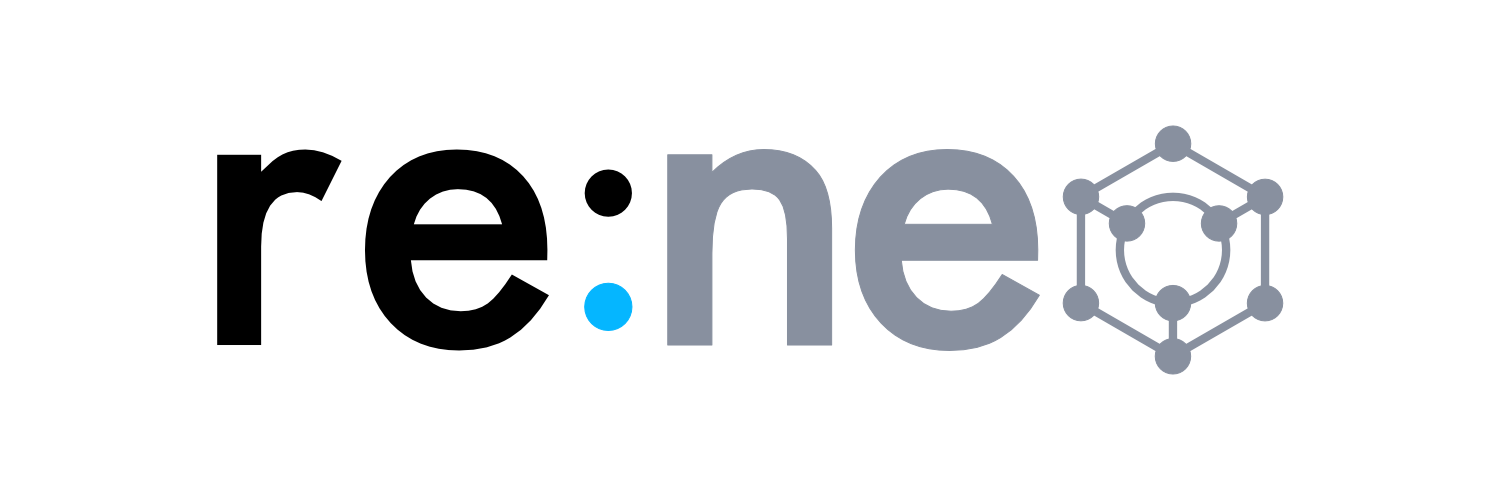Here at Reneo we often need to quickly look inside a node in order to either see what it’s up to, what it knows (in terms of states, transactions etc), and maybe perform some administrative tasks on it, such as accepting network changes. Any person who has ever used Corda know that, although under the hood is a very well written and performant engine, the user controls are somewhat “lacking”.
Cordium changes all of that.
We started writing a simple tool in order to help us with some client work. It started off as a very basic way to view states so that we could debug more quickly and easily (a lot more easily than going to the corda shell each time), and perhaps more importantly, a way to demonstrate to the techies who weren’t involved in the coding what was actually happening to each node – what their view of the ledger was. And as we used this tool, we found that we could integrate other useful bits that would often require a developer to jump from tool to tool in order to confirm what should be happening inside the node (for example, from the shell to a JDBC viewer, to the logfiles, to an IDE etc etc).
We toyed with a number of web frameworks (Michal Kit can probably list a half dozen of them that will not work with Corda!) and just when we thought that there wasn’t going to be one that ticked the boxes for all of our requirements (one jar drag and drop installation, kotlin compatability etc), we managed to find one that worked and worked well (continuous update for transaction and state views, for example). Now, I’m not going to deny this, but a lot of the code we wrote uses the supported API calls, but for some of the really clever stuff (i.e. cordapp downloading and installing to a running node), we did have to lift the curtain a bit, so although these features are pretty nifty we do reserve the right to have them break for versions of Corda we haven’t yet tested against, although we will obviously try and repair these when a version of Corda becomes ready for public use.
As developers ourselves, we don’t think adding a license fee for people learning corda, individual developers learning Corda for their own professional development would be fair – so that’s why we are offering Cordium for those people free. Or, if you sit outside that category and have circumstances that you’d like to tell us about – please do. If it wasn’t obvious – we can only offer support for you on a “we’ll try and help you” basis. We do have a roadmap and if there are things that you really want to add, then let us know and we can prioritise it accordingly.
We are also offering a free version to any companies that offer the Corda platform as a service. After looking at a few of these companies, it’s immediately obvious to me that for every version of Corda, you need to revisit your management and Corda debug interfaces. We can help with that by giving you a site license for you to install Cordium on your Corda nodes, making it trivial for your Corda customers to be able to look under the hood. Yes, you can still use your existing interface, but just consider how much less maintenance you’ll need to do if we can do that for you.
Lastly, if you are an enterprise user of Corda and you’d like a real support arrangement for your teams, then get in touch and we can work something out.
So I’m going to be writing a fair few blog posts on our roadmap for Cordium and also each highlighting each function of it as we release it.
What are you waiting for ? Get your evaluation copy of Cordium now

